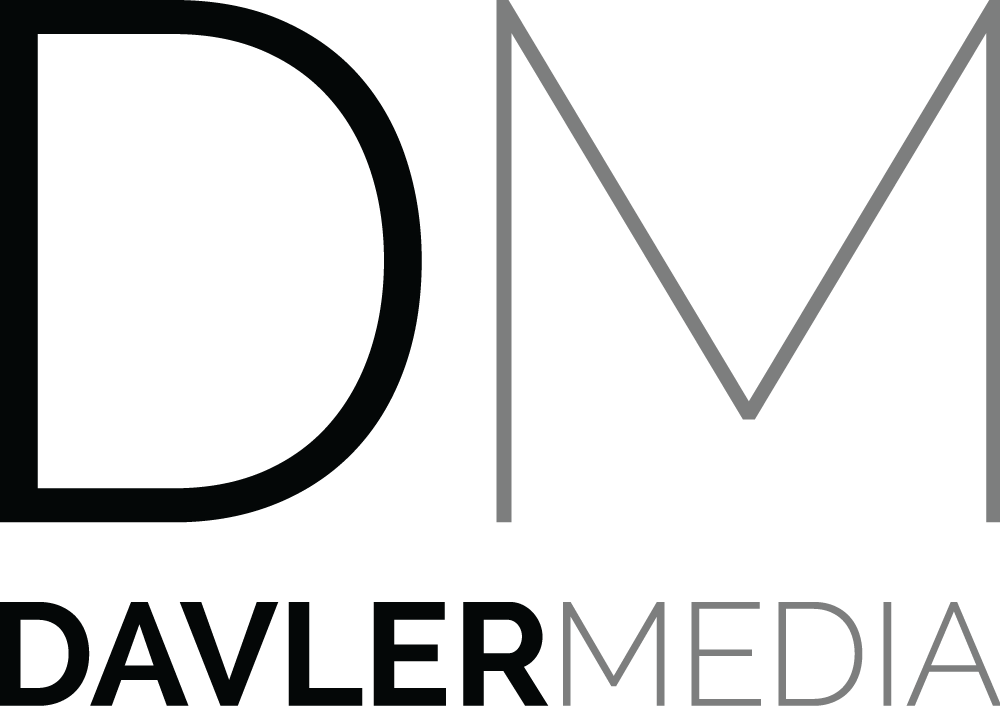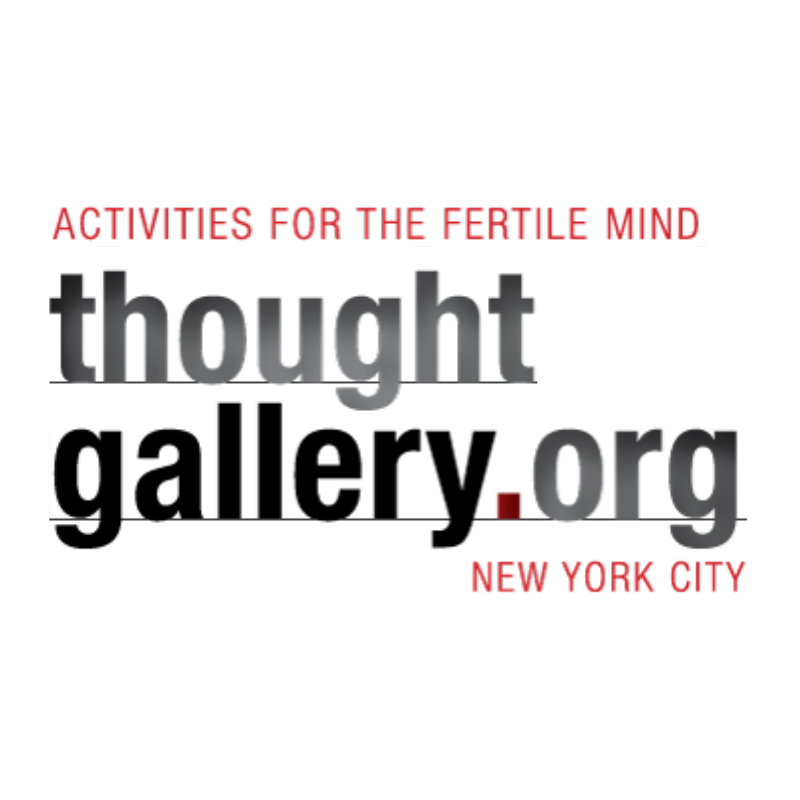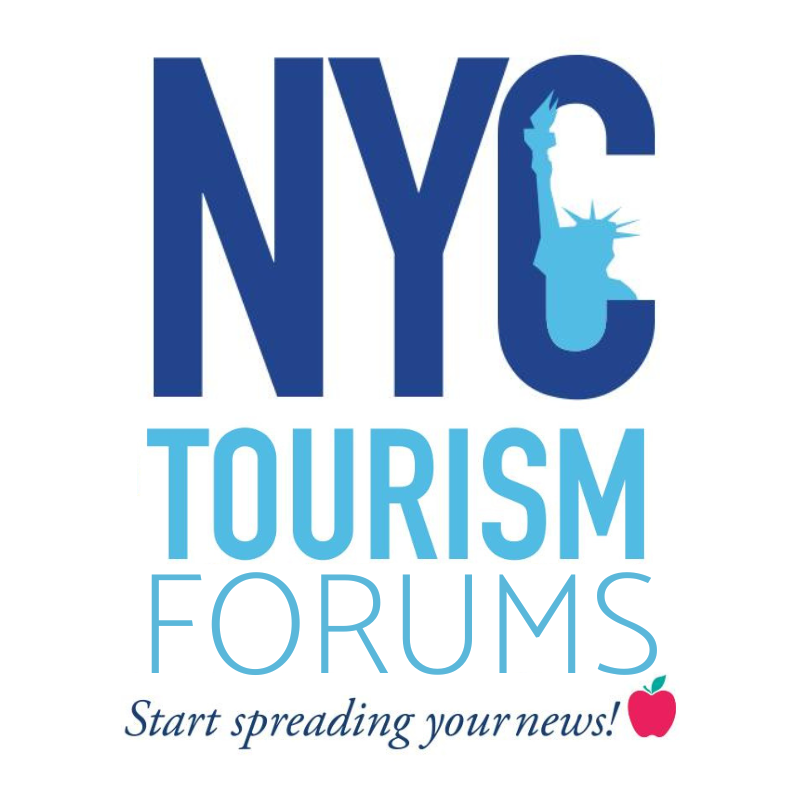The SRC conference offered plenty of high-level thinking about reinventing Broadway’s relationship with theatergoers—but it also challenged marketers to think tactically about how to execute better. Here are a few more takeaways focused on practical strategy:
The Challenges of Attribution
Most Broadway marketing dollars flow to digital because of its trackability, flexibility, and creative potential. But as several presenters pointed out, measuring digital performance isn’t as straightforward as it seems. An over-reliance on ROAS (Return on Ad Spend) can be misleading—and result in thousands of dollars wasted.
Here’s why: platforms like Google, Meta, and The Trade Desk often optimize campaigns by showing ads to likely purchasers—people who might buy tickets anyway. This creates the illusion of performance, allowing platforms to take credit (and payment) for conversions that would’ve happened regardless. Worse, these platforms deprioritize less frequent theatergoers—the very audience Broadway needs to grow. Avid fans don’t need convincing; they’re coming. But the less engaged buyers? They may never even see your ads and learn about your show.
These platforms also claim credit for offline media impact. Disaggregating these variables is hard (and expensive), but seasoned marketers know: a full-funnel strategy, balancing brand awareness and conversion, is the most effective long-term approach for building a successful, long run.
Adjusting for AI
The explosive adoption of AI—especially by Broadway’s educated audience—demands a rethink of how you position your show. What do you want ChatGPT to say when someone asks, “Should I see Wicked?” or “What is Just in Time about?”
Your website, social media, and video content must clearly communicate your story, your experience, and why your show matters. If you don’t do it, the AI will—and not always accurately.
Don’t leave your brand to be shaped by bloggers, Reddit posters, or random commentators. AI will amplify whatever content is most authoritative and accessible. Invest in producing that content.
Understanding Why People See Your Show
One of the most important reminders from SRC: don’t fall victim to The Curse of Knowledge, as described by Chip and Dan Heath in Made to Stick. Marketers (and producers) often highlight in their ads what they think is important—director credits, New York Times quotes, Tony awards.
But those aren’t necessarily the reasons an infrequent theatergoer decides to spend $200.
Review every aspect of your messaging—your website (many are surprisingly silent on actual selling points), your ads, your show descriptions. Are you speaking to the undecided buyer? Are you helping them understand what they’ll experience, how it will make them feel, and why it’s worth their time and money?
Too many campaigns talk about features instead of benefits. Broadway is selling an experience. Start with why someone should see your show—and how you’re more memorable and rewarding than the other 40 options in Times Square (not to mention concerts, sports, museums, etc.)
Why City Guide Is an Antidote (and complement)
City Guide’s in-hotel media—our magazine and City Map—places your message directly in front of tourists at the very moment they’re planning their activities (immediate conversion from tourist). Our editorial content tells them why they should see your show. That storytelling approach reinforces your digital efforts and strengthens your position across all channels.
Plus, our authoritative digital content helps train AI systems to understand and elevate your brand. City Guide becomes an important part of your marketing mix—not just because we reach the right audience, but because we tell your story in ways that drive action.
We’re here to help you market smarter and invest wisely to reach 7 million NYC tourists.
As always, I’d be happy to connect one-on-one to talk about any of these ideas—or anything else Broadway marketing-related. Reach out to me at
dmiller@davlermedia.com.







